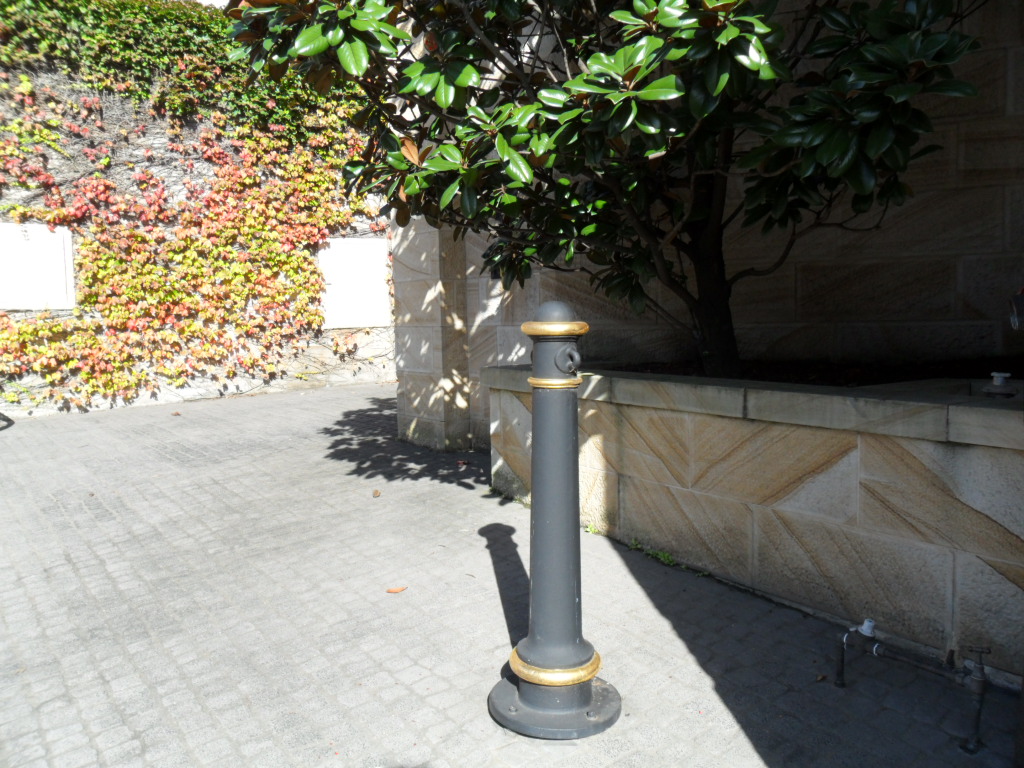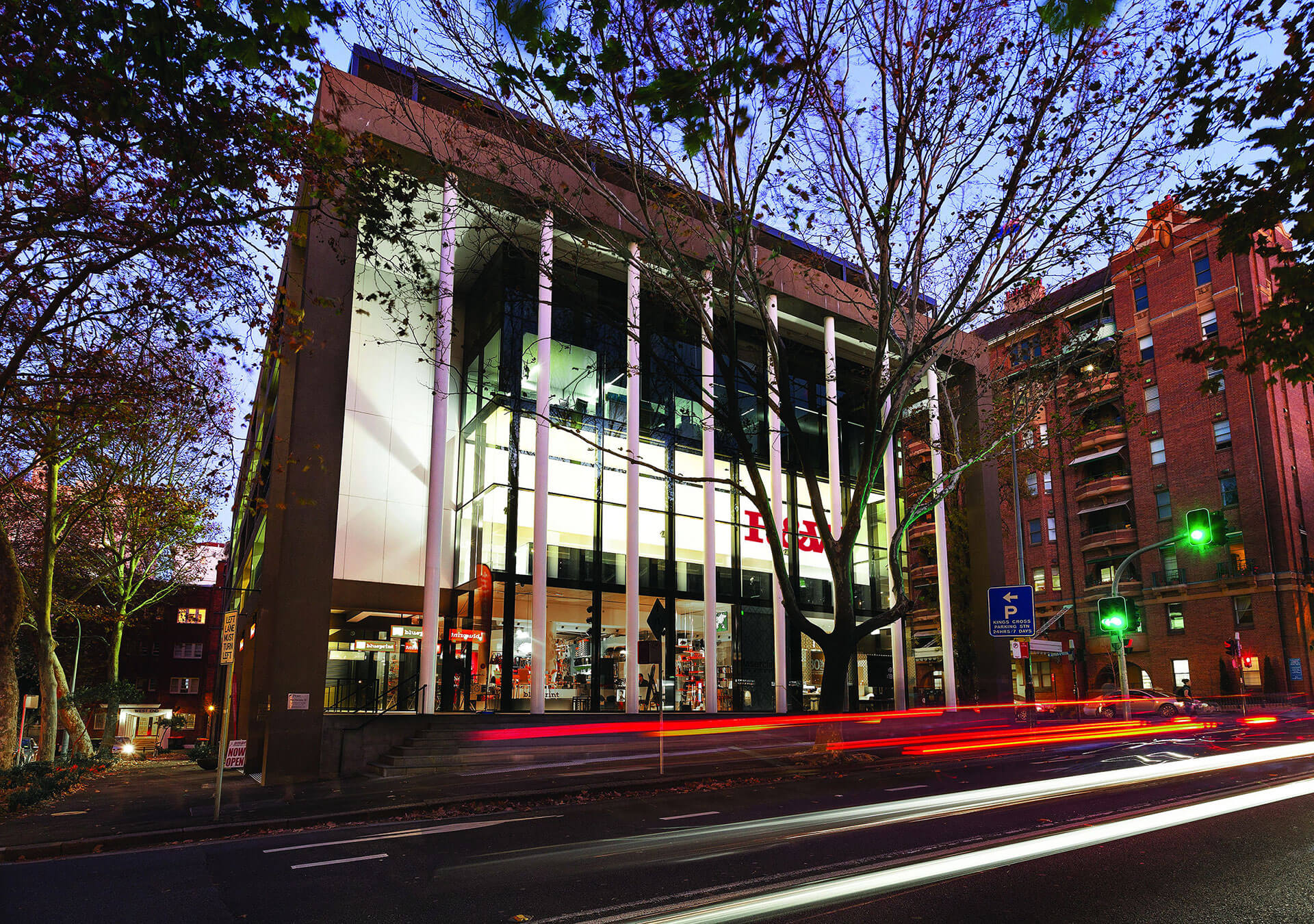Bollards: protecting our footpaths

The 2011 postcode area contains Heritage Conservation Areas with interesting heritage items and sometimes quirky elements whose origin is unclear.
They contain a large number of cast iron 19th century street bollards in Macleay Street Potts Point, Billyard Avenue Elizabeth Bay, Cooper Wharf Roadway Woolloomooloo, Baroda Lane Potts Point and until recently, Orwell Street Potts Point. A recent survey counted over 150 items.
Some are painted plain green and some have been lovingly adopted by locals and flourished in black and gold leaf (see image above). They all add to the heritage interest and character of our streetscapes and sensitive Heritage Conservation Areas.
But where did they come from? What do they do?
Bollards are sturdy and reliable elements that keep society running smoothly and are especially important for pedestrians and drivers. They are strategically designed poles and play a vital role in the successful organisation and smooth operation of many traffic systems around the world. Bollards are widely used to contribute to safety and security.
Their main purpose is to provide safety and protection for footpath and road users of all kinds, a use which has remained unchanged throughout centuries of technological advancement.
The term bollard can be traced back to the early 14th century. In Old Norse bole meant ‘tree trunk’ and -ard has connotations to the word ‘hard’.Some of the earliest citations are given by the 1844 Oxford Dictionary and the 1817 Caledonian Mercury describing them as huge posts. Early images from 1742 in London and Rome show bollards used to protect buildings. In 1721 wooden bollards were used to secure heritage items “from injury by carriages:”
A bollard is defined as a sturdy, short, vertical post. The term previously referred to a post on a ship or quay used principally for mooring boats.
Some of the earliest street bollards were made from timber. However, as transportation changed from horses to motorised vehicles, it became clear that cast iron was a more suitable material with its has very levels of corrosion resistance and excellent durability.
And in London old cannon captured from French warships were adaptively re-used as bollards and upturned and set into the ground, thus defining today’s shape.
The earliest known bollard is bell shaped and set into the pavement of Herculaneum Italy, circa 7th century BC.
More recent examples have been used as artworks in inner city areas both here in Australia and overseas.
The current Sydney Council design principles section 3.8 state “a well designed street requires … detailing … considering all the elements within the street as significant contributor to the character and appearance of a place as well as providing a safe and comfortable pedestrian domain … to reinforce street hierarchy … that reinforces the major design elements … to reflect its the overall special character”.
So bollards are back!
When walking the streets you’ll notice them standing like silent sentinels guarding and defining you pathway.
by Andrew Woodhouse
Heritage Solutions





